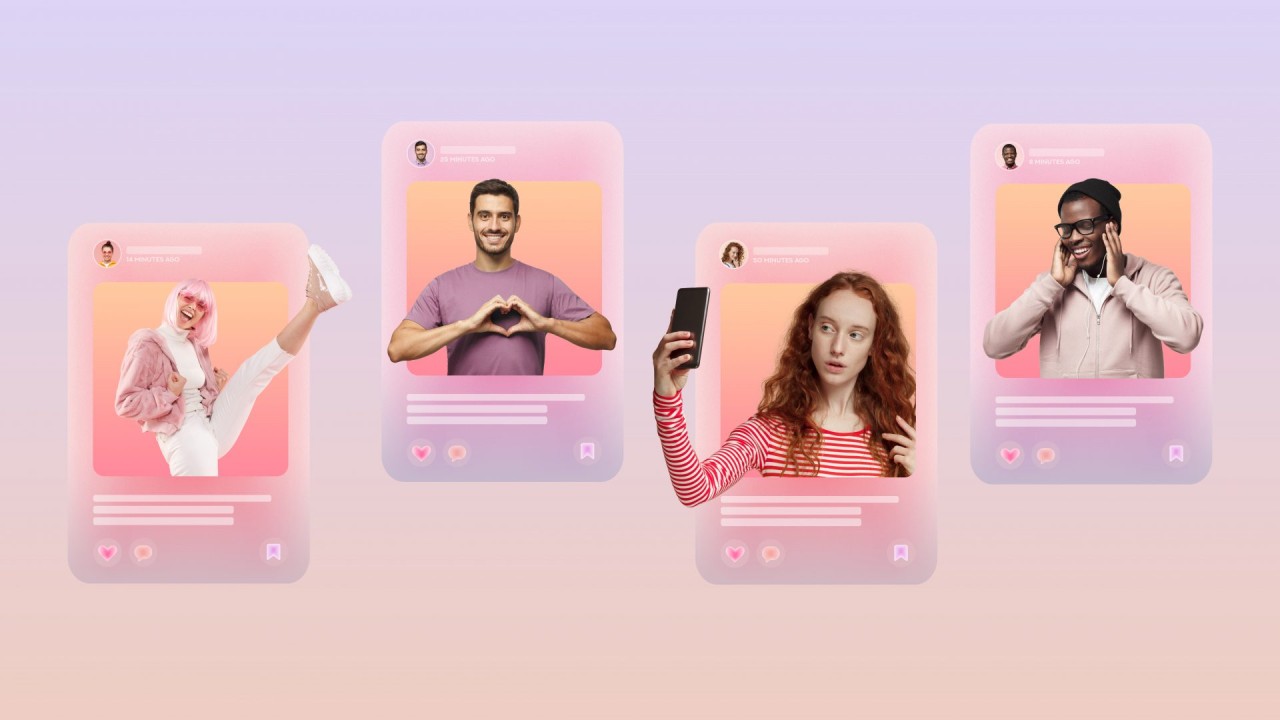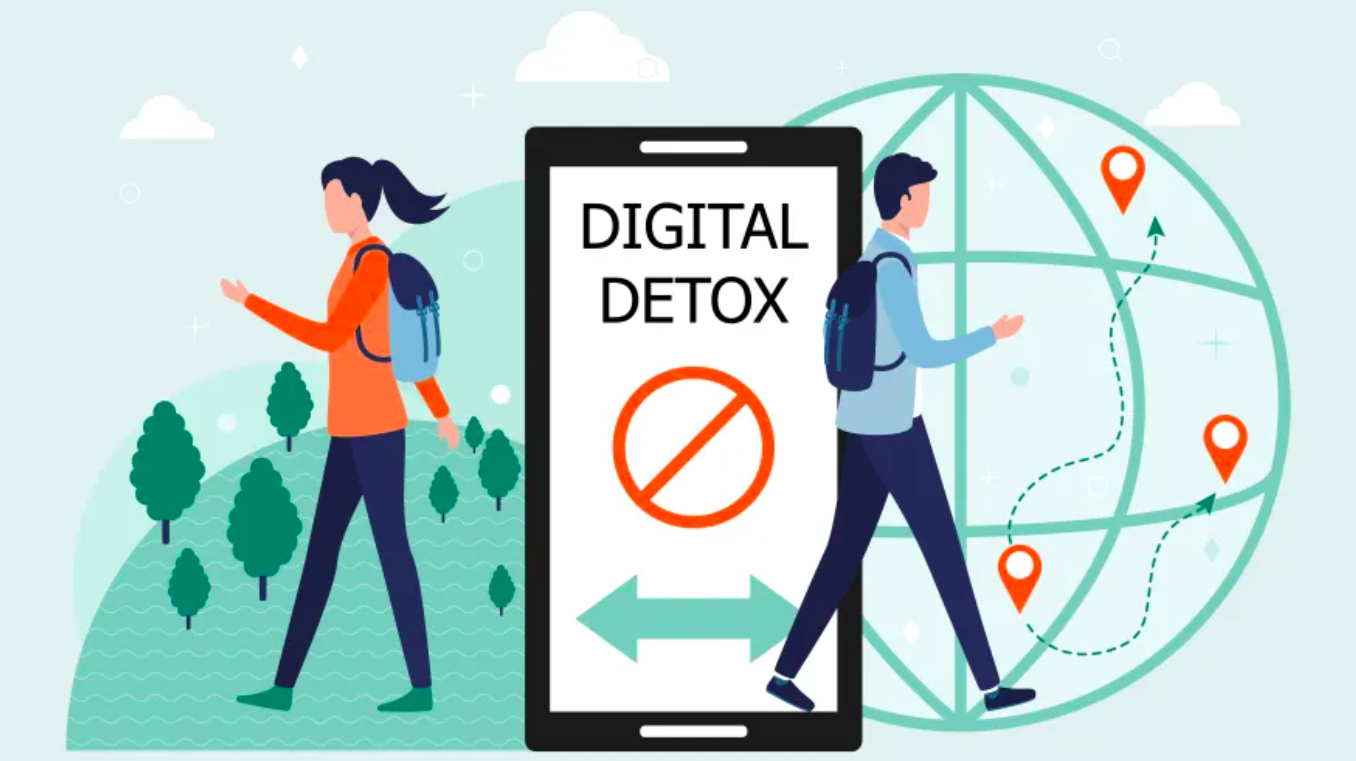In influencer marketing, the spotlight is no longer solely on celebrities and social media stars with millions of followers. The rise of micro-influencers—individuals with more minor, niche audiences—has reshaped the digital marketing landscape. While macro-influencers and celebrities may boast impressive follower counts, micro-influencers, typically those with between 1,000 and 100,000 followers, are proving to be more powerful and effective in connecting with audiences on a deeper level. But why are smaller audiences becoming more influential in today’s marketing ecosystem?
Authenticity and Trust
One of the key factors driving the rise of micro-influencers is their authenticity. Unlike celebrities, whose brand deals and promotional content are often seen as purely transactional, micro-influencers are typically perceived as more relatable and genuine. They share personal stories, experiences, and product recommendations that feel more natural and less like an advertisement. Their smaller, niche audiences trust them more because they engage with them more personally, responding to comments and messages and maintaining closer relationships with their followers.
This authenticity is crucial in an era where consumers are increasingly skeptical of traditional advertising. Studies show that people are more likely to trust recommendations from someone they perceive as genuine, even if that person is not a household name. Micro-influencers can build trust with their audience over time, and this trust translates into higher engagement and a more loyal following.
Higher Engagement Rates
While micro-influencers have fewer followers than macro-influencers or celebrities, their engagement rates are typically much higher. Because they interact more closely with their audiences, micro-influencers often see better levels of engagement in the form of likes, comments, and shares. Research suggests that micro-influencers can have engagement rates up to 60% higher than those with more significant followings.
This higher engagement is crucial for brands looking to reach an audience that is receptive and actively involved. Micro-influencers’ followers are more likely to trust their opinions and act on their recommendations, whether purchasing a product or sharing content with others. Brands recognize that a smaller, more engaged audience can yield better results than a larger audience with less interaction.
Niche Audiences and Targeting
Another major advantage of micro-influencers is their ability to tap into highly targeted, niche markets. While macro-influencers may have a broad, general audience, micro-influencers often focus on specific topics, hobbies, or industries. Whether it’s sustainable fashion, vegan cooking, fitness, or tech gadgets, micro-influencers can reach passionate and deeply invested audiences in particular subjects.
For brands, this offers a unique opportunity to target consumers highly interested in their products or services. With a micro-influencer, a brand can reach a more specific demographic, ensuring that its message resonates with the right people. This kind of targeted marketing is often more effective than broader campaigns, which can result in wasted impressions and lower ROI.
Cost-Effectiveness
One of the most appealing aspects of working with micro-influencers is cost-effectiveness. Micro-influencers are often more affordable than celebrity endorsements or campaigns with top-tier influencers. This makes them an attractive option for small to medium-sized businesses with limited marketing budgets.
Even though micro-influencers may charge less, the return on investment (ROI) can be higher due to the high engagement and trust they command. Brands can work with multiple micro-influencers for the price of one high-profile endorsement, increasing the reach of their campaigns while maintaining a high level of relevance and personal connection.
Long-Term Relationships
Another benefit of partnering with micro-influencers is the potential for long-term collaborations. Since micro-influencers typically have smaller followings, they often value building lasting brand relationships. This allows brands to create more authentic, ongoing campaigns rather than one-off sponsored posts. Long-term relationships with micro-influencers can lead to greater brand loyalty and more consistent messaging as influencers become more invested in the success of the brands they work with.
These long-term partnerships can be especially beneficial for smaller businesses looking to build a consistent and reliable presence in their market. Micro-influencers who continually promote a brand over time help reinforce its message and create a sense of community around it.
Conclusion
The rise of micro-influencers has reshaped the world of digital marketing, proving that smaller audiences can be more potent than larger ones. By offering authenticity, higher engagement rates, niche targeting, cost-effectiveness, and the potential for long-term relationships, micro-influencers have become valuable assets for brands looking to connect with their target audiences on a deeper level. As consumers continue to demand more personalized, genuine interactions with brands, the power of micro-influencers will only grow, making them a force to be reckoned with in the future of influencer marketing.




